The 1960s and ’70s were good times for hobbyists in the USA. Chemicals, electronic parts, and optical supplies were widely available – in some ways more so than they are today. When I put together a Newtonian reflecting telescope around 1976, I bought a mirror directly from the manufacturer in the next town over from where I lived at the time. I originally wanted the telescope for astronomy and I still point it at the sky once in a while. But like any long focal length objective, it also has applications for wildlife photography.
I first started taking pictures with the telescope in the mid-1980s with an adapter that lets you put an SLR body where the eyepiece usually goes: prime focus, in telescope parlance. The focal length and aperture are those of the primary mirror, in this case 1220mm f/8. I attached a Nikon N2000 (F301) body and usually shot with aperture priority autoexposure. The image didn’t fill the whole 35mm frame, so any prints I had made were cropped a fair amount and sometimes had a dark corner or two.
My first roll of film with the telescope was street photography on a weekend afternoon in Boulder, Colorado. I took candid shots from a distance of about 35 meters. I had a photo from that roll scanned and set it as the background image on every computer I used over the next 20 years. Someone who saw the photo told me the guy with the spiky hair was named Fritz but that’s all I knew about him.
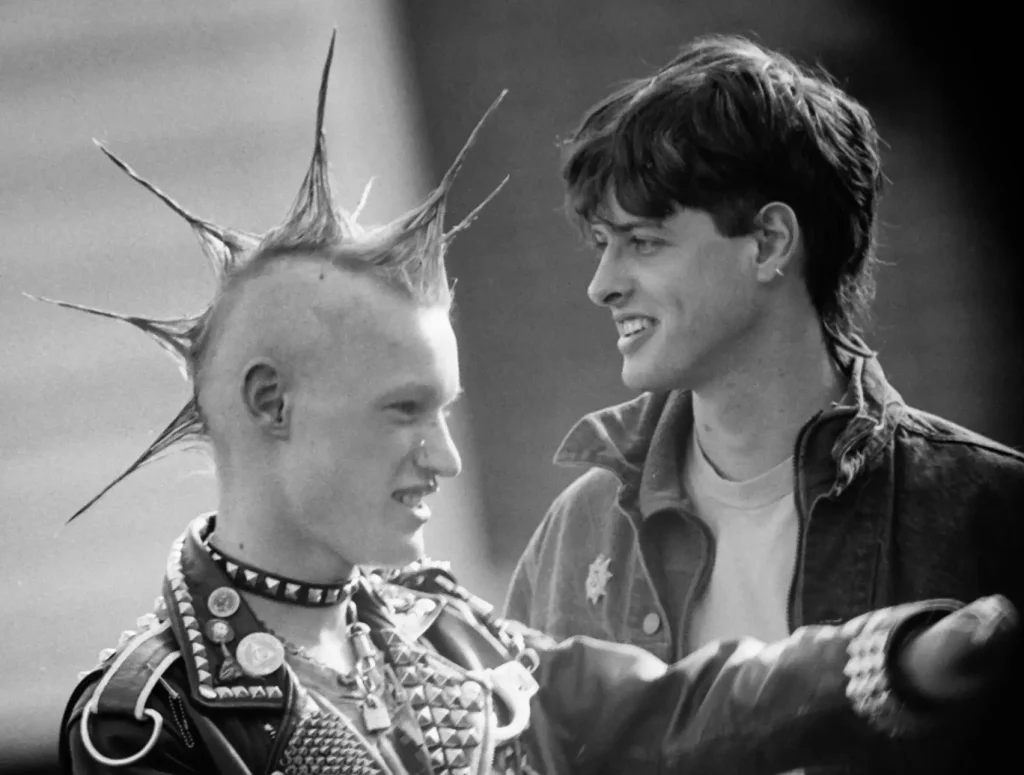
I moved from Colorado to California and settled in San Francisco. My friend Richard visited me there for a few days in July of 1993. One morning, Richard went to a small bakery across the street to get a cup of coffee. When he returned, he told me that the fellow who sold him the coffee was the guy on my computer screen, although no longer sporting spiky hair nor a safety pin through his nose. I said that seemed unlikely as I had taken the photo some years before, in another state, over 1000 miles away.
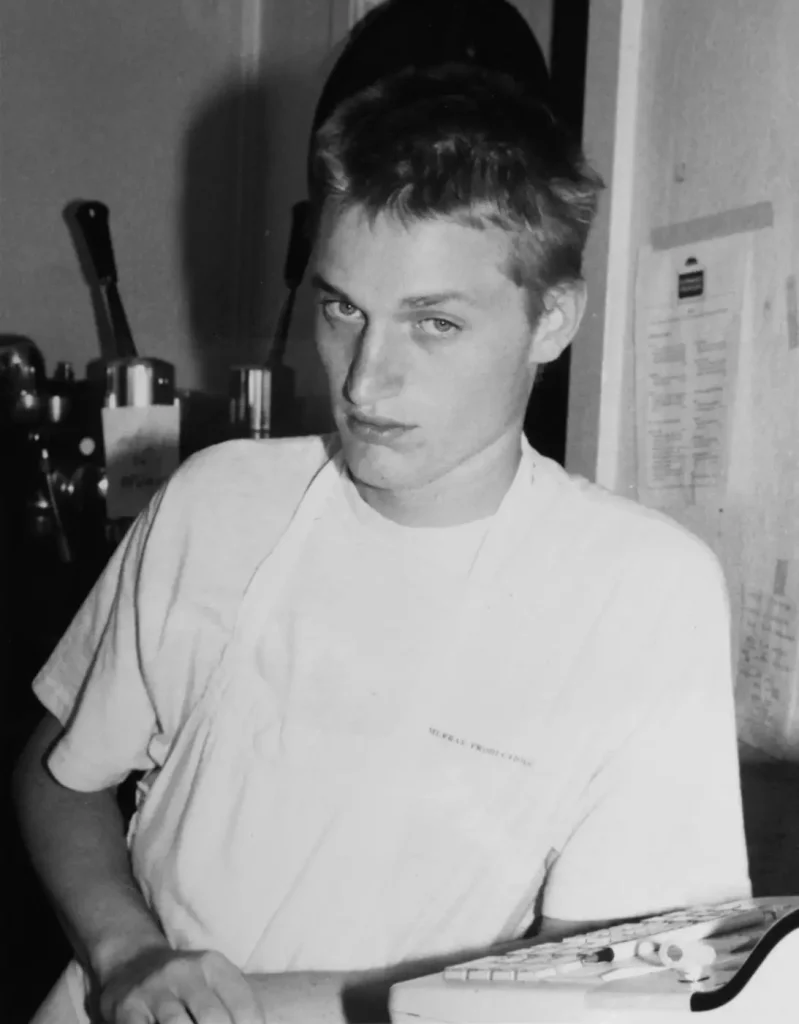
I walked over to the bakery to see for myself. Richard was correct. Fritz was working across the street from me. I was impressed that Richard recognized him; he has a good eye.
I talked to Fritz for a few minutes and showed him an 8″×10″ enlargement of the photo below. I asked if he’d like to have the print, he said yes, and I gave it to him. He didn’t say much and was reserved about showing any emotion, not even surprise, as if it were commonplace to work across the street from someone who had photos of you from another place and time.
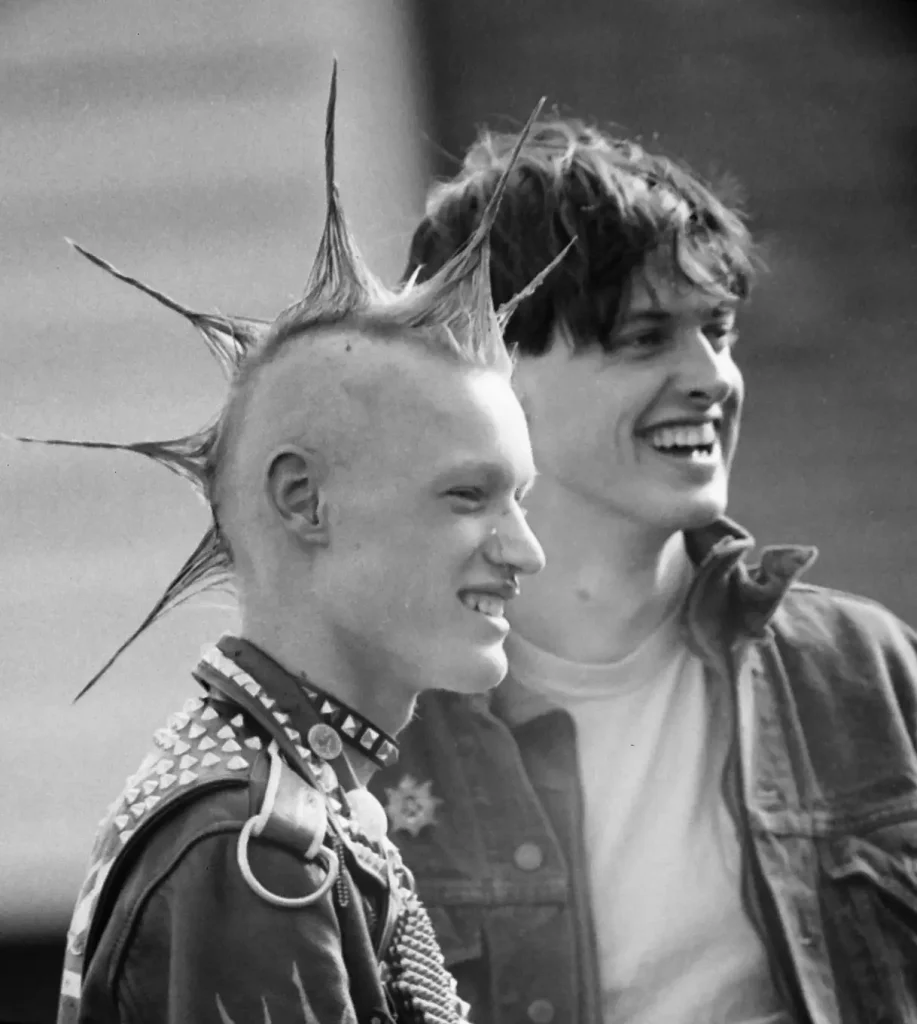
I like the element of mystery in street photography. Candid photos show the appearances of persons and the contexts we encounter them in, while tantalizing us by telling us nothing about the unique history and personality that we know every individual has. It’s okay that Fritz was so laconic when we met. Much of the mystery remains.
How good is this telescope, optically? It’s sharp but contrast leaves something to be desired. I painted the inside black but light still scatters a bit. I took part of the camera adapter to a plating shop to have the metal blackened, with a dark zinc coating if memory serves. The best part about doing that was getting a tour of a plating operation and seeing tubs of frothy chemical solutions that would not have been out of place in a horror movie.
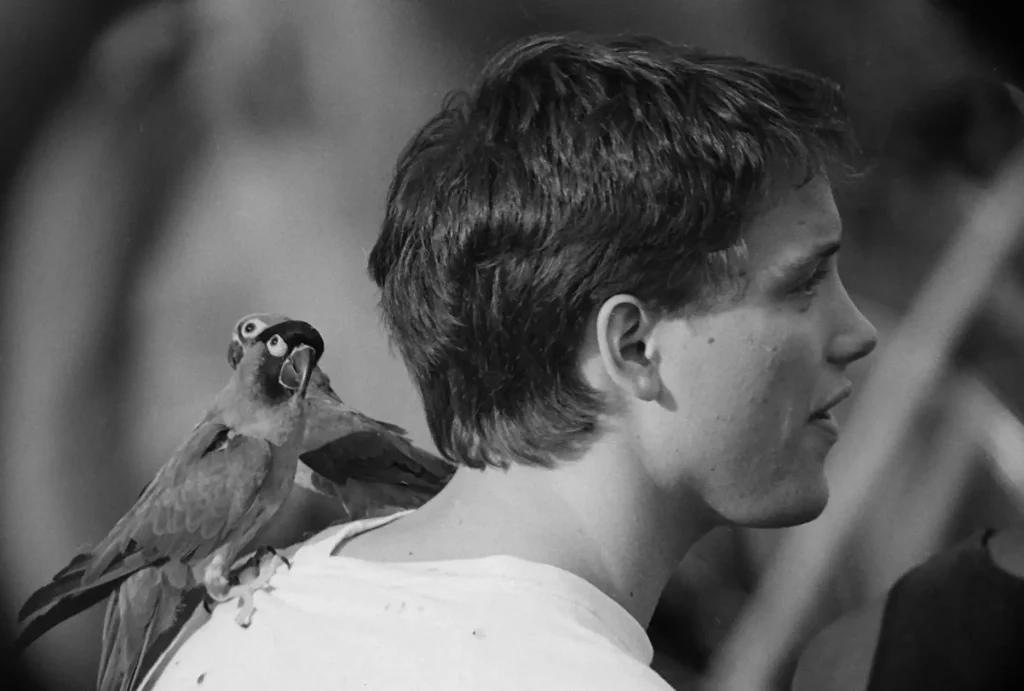
Long focal length objectives are fun. I like their shallow depth of field and I like the perspective in photos that cover a small field of view. I have fond memories of shooting with the 1220mm telescope but I have less unwieldy alternatives that I use nowadays. Time marches on.
The A. Jaegers Optics factory that made my telescope’s mirror burned down in the mid-1980s. The bakery that Fritz worked in burned down in 1995.
Share this post:
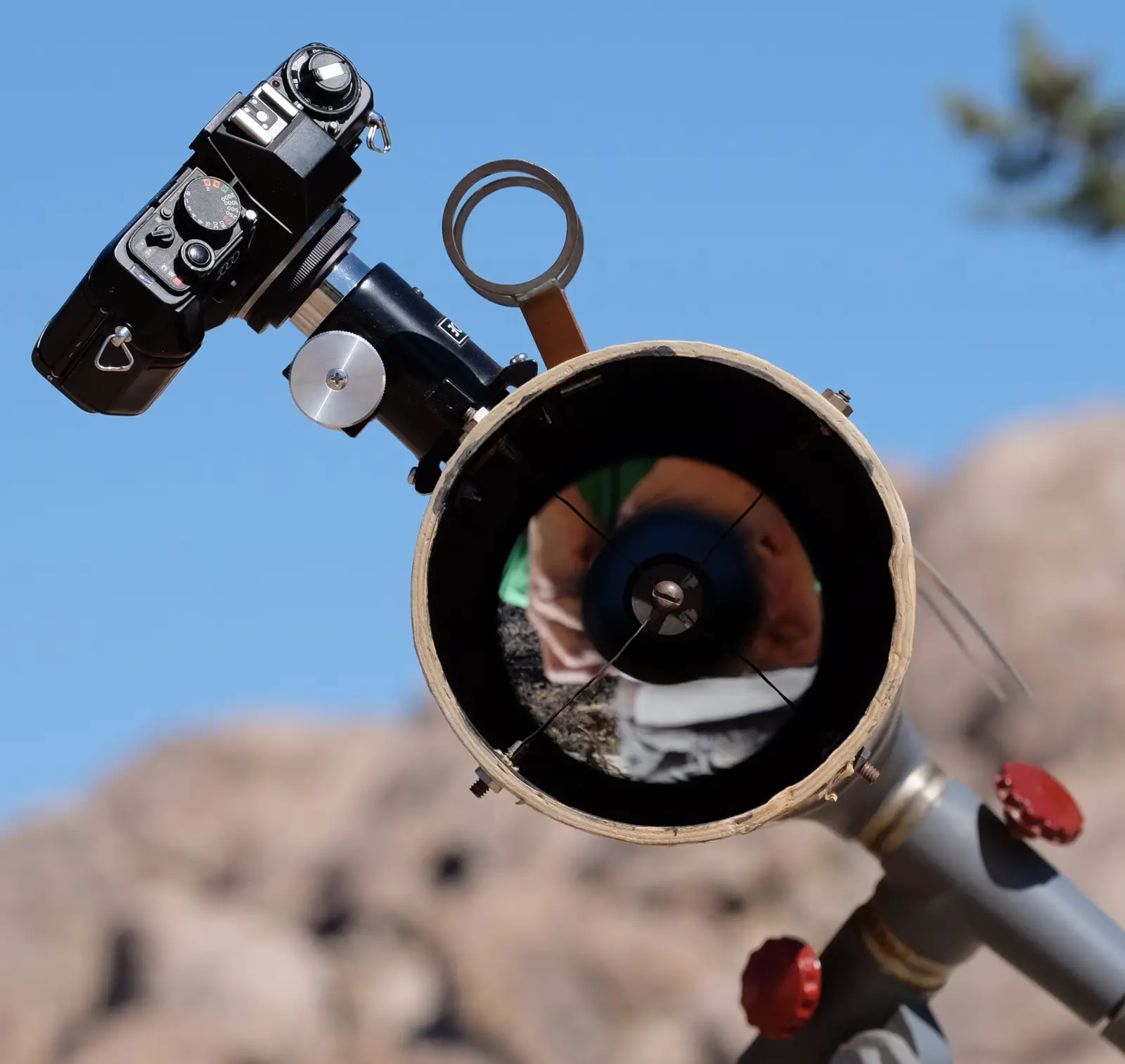








Comments
Richard on It’s All Done with Mirrors – A Tale of a Telescope Street Photo – By Tom Ace
Comment posted: 02/08/2020
Peter on It’s All Done with Mirrors – A Tale of a Telescope Street Photo – By Tom Ace
Comment posted: 02/08/2020
Patrick Abe on It’s All Done with Mirrors – A Tale of a Telescope Street Photo – By Tom Ace
Comment posted: 02/08/2020
I saw ads for Questar and Celestron mirror lenses and briefly considered a Century Precision Optics 650mm f/6.7 lens before discovering the H&W Control Film/Developer system. Even with a 200mm lens, the resolving power of Agfa Compex Pan Rapid Phenidone-based developer turned ordinary photography into an "I can see for miles and miles" experience.
A Camera 35 writer, using H&W control film, mentioned "a persistent dust spot" on a negative, that when "blown up to wall-filling size" revealed a jet airliner he hadn't seen when taking the picture! Yep, the 1960's and 1970's were very interesting days, photographically, when I pursued "available darkness" images with Acufine Inc. Diafine and yearned for "Kodachrome 100."
Sacha Cloutier on It’s All Done with Mirrors – A Tale of a Telescope Street Photo – By Tom Ace
Comment posted: 03/08/2020
PHOTOGRAPHY HIGH FIVE - AUGUST 7, 2020 - Will Chaney on It’s All Done with Mirrors – A Tale of a Telescope Street Photo – By Tom Ace
Comment posted: 07/08/2020